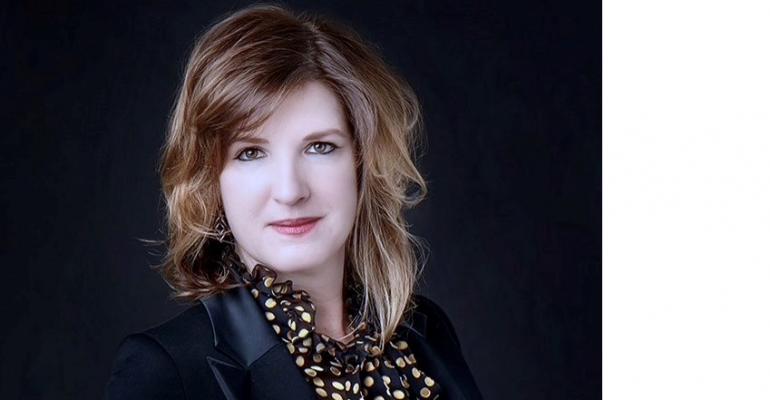Rachel Bandarenko has joined the team at McVeigh Global Meetings and Events as vice president of creative services, with the charge to lead the creation and expansion of that department. She brings a background in events from positions at Fourth Wall Events and INVNT, and most recently worked as creative director at Goosebumps Creative.
We recently asked for her thoughts on the fast-changing world of in-person and virtual meetings.
MeetingsNet: In-person meeting design has evolved over the years, largely for the better. What meeting-design strategy will you be happy to see go by the wayside?
Bandarenko: I'm a student of design theory and have adapted its principles to meeting and event design. I don’t believe in being creative just for the sake of trying to be creative; that's not an effective design strategy. In the past, I've seen creative directors push ideas that appeal to their own creative sensibilities without connecting to the client’s or attendees’ needs. Design theory is always asking the question, "Why am I designing it this way?" For a meeting or event to be successful and engaging, the answer always needs to be, "It's for the attendees.” Great meeting design puts the attendees’ and client's needs and desires first. A great experience designer is an empathetic designer.
MeetingsNet: Creating engagement is among the biggest challenges for virtual meetings. What is your favorite strategy for connecting an audience with the speaker?
Bandarenko: Gamification. Anyone who has paid attention over the past 20 years recognizes how strongly people respond to, and how easily they become immersed in (sometimes addicted to), electronic games. Games really get our dopamine flowing. Incorporating gamification into virtual meetings creates an engaging world of connectivity through play. A game should be custom designed to address a client's priorities. What are its goals? Is it to generate questions for the speaker from the virtual audience? To ensure the speaker’s content is being absorbed? Define your goals and the type of engagement you want to achieve, then build the game. Attendees love it—especially if there are prizes!
MeetingsNet: Five years from now, what won’t we be doing in virtual meetings that we’re doing today?
Bandarenko: If I or anyone was asked this question a year ago, we all would have been wrong. I couldn’t even begin to guess where virtual meetings will be five years from now. Many very smart people believe hybrid meetings are the way of the future. It’s possible that augmented reality could become the norm for virtual meetings. On the other hand, live meetings might come roaring back stronger than ever and virtual could be relegated to “New Coke” status. Time will tell. No matter where our industry goes from here, as always, the ability to innovate and adapt will be the key to success.
MeetingsNet: What might someone be surprised to learn about you?
Bandarenko: I’m a late bloomer. I began my career in the meetings and events industry in my forties after a stint as a stay-at-home mom. My first gig back in 2012 was at an entertainment start-up in New York City where I launched the corporate events division for THE RIDE. From there, I moved into the global meetings and events industry and NYC destination management. I love being a part of the meetings and events industry. I am so grateful to have stumbled into it as my second act.




